The Audi RS Q e-tron is not just another electric vehicle; it’s a statement of intent. A bold declaration that electrification can thrive even in the harshest environments—where combustion engines have long reigned supreme. The deserts of the Dakar Rally, with their unforgiving dunes, scorching heat, and relentless terrain, serve as the ultimate proving ground for this cutting-edge machine. And against all odds, the RS Q e-tron has not just survived but excelled, rewriting the rules of off-road racing in the process.
At first glance, the idea of an electric vehicle conquering the Dakar Rally seems almost paradoxical. Desert racing demands endurance, reliability, and raw power—qualities traditionally associated with diesel or petrol engines. Yet Audi’s engineers approached the challenge with a radical mindset. Instead of adapting existing EV technology, they reimagined it from the ground up. The result is a hybrid electric drivetrain that combines an energy converter (a compact internal combustion engine acting solely as a generator) with a high-voltage battery and electric motors. This innovative setup delivers instant torque, relentless power, and, crucially, the ability to recover energy under braking—a game-changer in endurance racing.
What sets the RS Q e-tron apart is its energy management system. Desert stages can stretch over 800 kilometers, far beyond the range of conventional EV batteries. Audi’s solution? A TFSI engine derived from the DTM race car, tuned to run at optimal efficiency, charges the battery on the move. This "range extender" approach eliminates the need for lengthy charging stops, allowing the car to compete on equal footing with traditional rally raid vehicles. The system is so effective that the RS Q e-tron often finishes stages with energy to spare—a testament to its meticulous engineering.
But technology alone doesn’t win races; the human element is just as critical. Behind the wheel, drivers like Carlos Sainz and Stéphane Peterhansel have pushed the RS Q e-tron to its limits, adapting their driving styles to harness the unique characteristics of electric power. The immediacy of torque delivery requires a smoother, more calculated approach compared to the aggressive throttle stabs of combustion engines. Pilots must also trust the car’s ability to regenerate energy during descents or braking, adding a strategic layer to pace management. It’s a learning curve, but one that has paid off with multiple stage wins and podium finishes.
The desert, however, is a relentless adversary. Sandstorms can reduce visibility to zero, while jagged rocks and hidden crevices threaten to derail even the best-prepared teams. Here, the RS Q e-tron’s design shines. Its lightweight spaceframe chassis, coupled with rugged suspension components, absorbs punishing impacts without compromising agility. The electric drivetrain’s compact packaging also allows for optimal weight distribution, enhancing stability in high-speed corners and treacherous dunes. And because the system lacks a conventional transmission, there are fewer mechanical parts to fail—a crucial advantage in a race where attrition rates often exceed 50%.
Audi’s foray into electric desert racing hasn’t been without setbacks. Early iterations grappled with software glitches and energy calibration teething issues. Yet each failure was treated as a stepping stone. The team’s iterative approach—analyzing data, refining algorithms, and optimizing thermal management—has turned the RS Q e-tron into a formidable contender. Its progress mirrors the broader evolution of electric vehicles: from skepticism to acceptance, and now, to dominance.
The RS Q e-tron’s success sends a clear message: electrification and extreme performance are not mutually exclusive. By conquering the Dakar Rally, Audi has shattered preconceptions about where EVs can compete. This isn’t just a victory for a single team; it’s a milestone for sustainable motorsport. As the automotive world pivots toward cleaner technologies, the RS Q e-tron stands as proof that innovation, when daringly executed, can thrive even in the most hostile landscapes.
Looking ahead, the lessons learned from this desert campaign will inevitably trickle down to consumer EVs. Improved energy efficiency, robust thermal systems, and advanced regeneration techniques—all honed in the crucible of rally raid—will shape the next generation of electric vehicles. The Audi RS Q e-tron isn’t just racing for trophies; it’s racing toward the future.
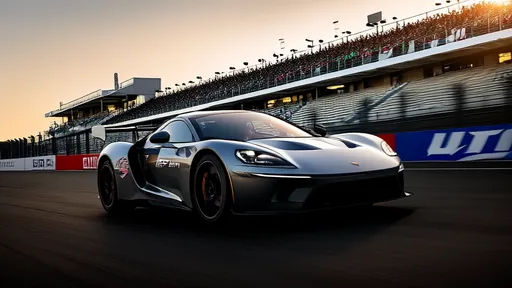
By /Jun 14, 2025
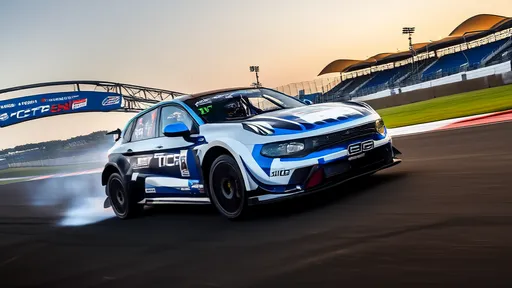
By /Jun 14, 2025
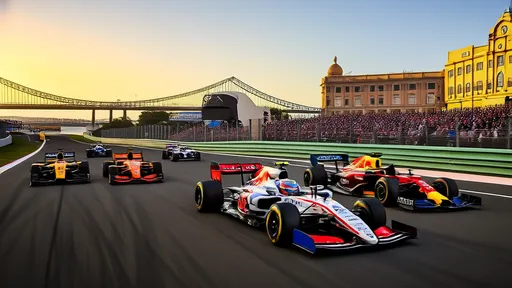
By /Jun 14, 2025
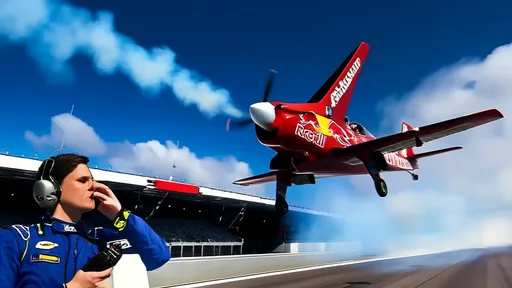
By /Jun 14, 2025
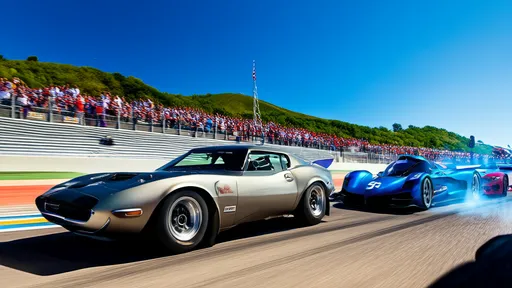
By /Jun 14, 2025
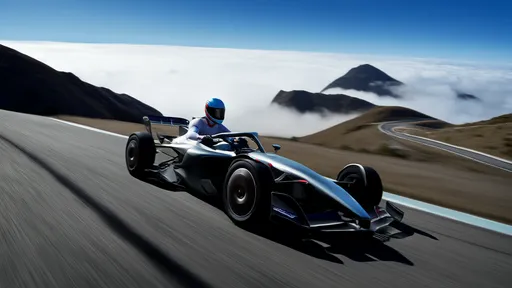
By /Jun 14, 2025

By /Jun 14, 2025
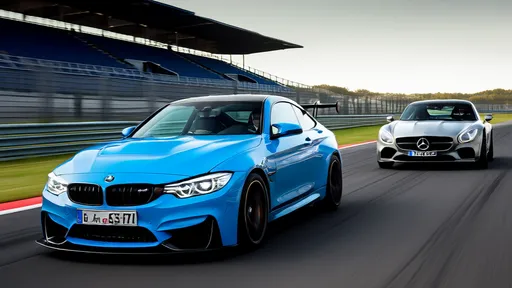
By /Jun 14, 2025
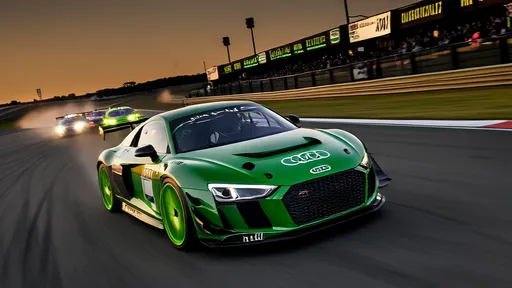
By /Jun 14, 2025

By /Jun 14, 2025

By /Jun 14, 2025
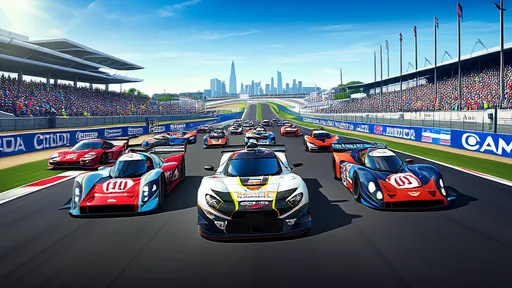
By /Jun 14, 2025
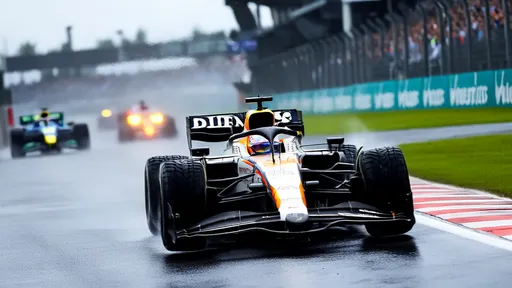
By /Jun 14, 2025

By /Jun 14, 2025

By /Jun 14, 2025

By /Jun 14, 2025
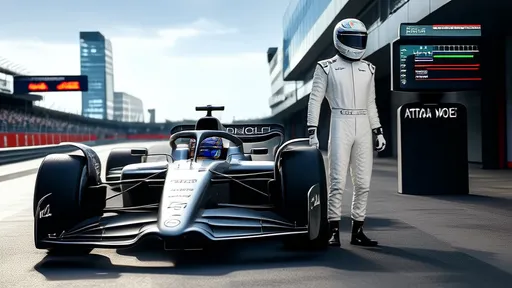
By /Jun 14, 2025